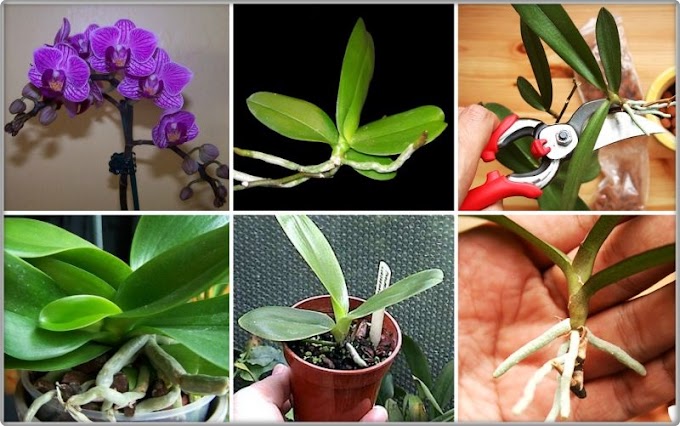Aloe africana is a solitary, often unbranched, small, tree-like Aloe, usually up to 6 feet (1.8 m) but sometimes taller with rosettes densely crowded with gracefully arching 2 foot (60 cm) long lance-shaped thick grayish blue-green leaves that have prominent sharp red teeth along the margins and in a row running along the middle of the lower surface with older leaves skirting the trunk.
Flowering on this species can happen at other times but most often in mid-winter to early spring (January-March) with an unbranched to fewbranched up to 3 foot (90 cm) inflorescence of erect long-tapering terminal spikes of flowers that are orange in bud and turn yellow just prior to opening from the bottom of the spike upwards.
The individual flowers are held in a downward inclination but uniquely turn upwards towards the tips, making identification of this species quite easy.
Scientific Name
Aloe africana Mill.
Common Names
African Aloe, Spiny Aloe, Uitenhage Aloe
Synonyms
Aloe angustifolia, Aloe bolusii, Aloe perfoliata var. africana, Aloe pseudoafricana, Pachidendron africanum, Pachidendron angustifolium
Scientific Classification
Family: Xanthorrhoeaceae
Subfamily: Asphodeloideae
Genus: Aloe
Subfamily: Asphodeloideae
Genus: Aloe
How to Grow and Care
Aloe is a very forgiving plant, and a well-grown Aloe can be quite beautiful. As with all succulents, it’s essential that Aloe is never allowed to sit in stagnant water, and the plant should be carefully monitored to watch for signs of overwatering.
Water generously in the summer and nearly cease watering in the winter. Do not let water stand in the rosettes. Prefers warmer temperatures of 70ºF/21ºC to 80ºF/27ºC, but will survive down to 40ºF/4.5ºC.
Aloe are not particularly fast-growing and will only rarely need repotting. Repot plants in the spring that are tipping over their pots or have ceased growing.
Use a fast-draining potting mix with one-third sand or pebbles. During repotting of a larger plant, it is possible to carefully divide the root ball. Some kinds of aloe will send off off-sets that can be potted independently.




